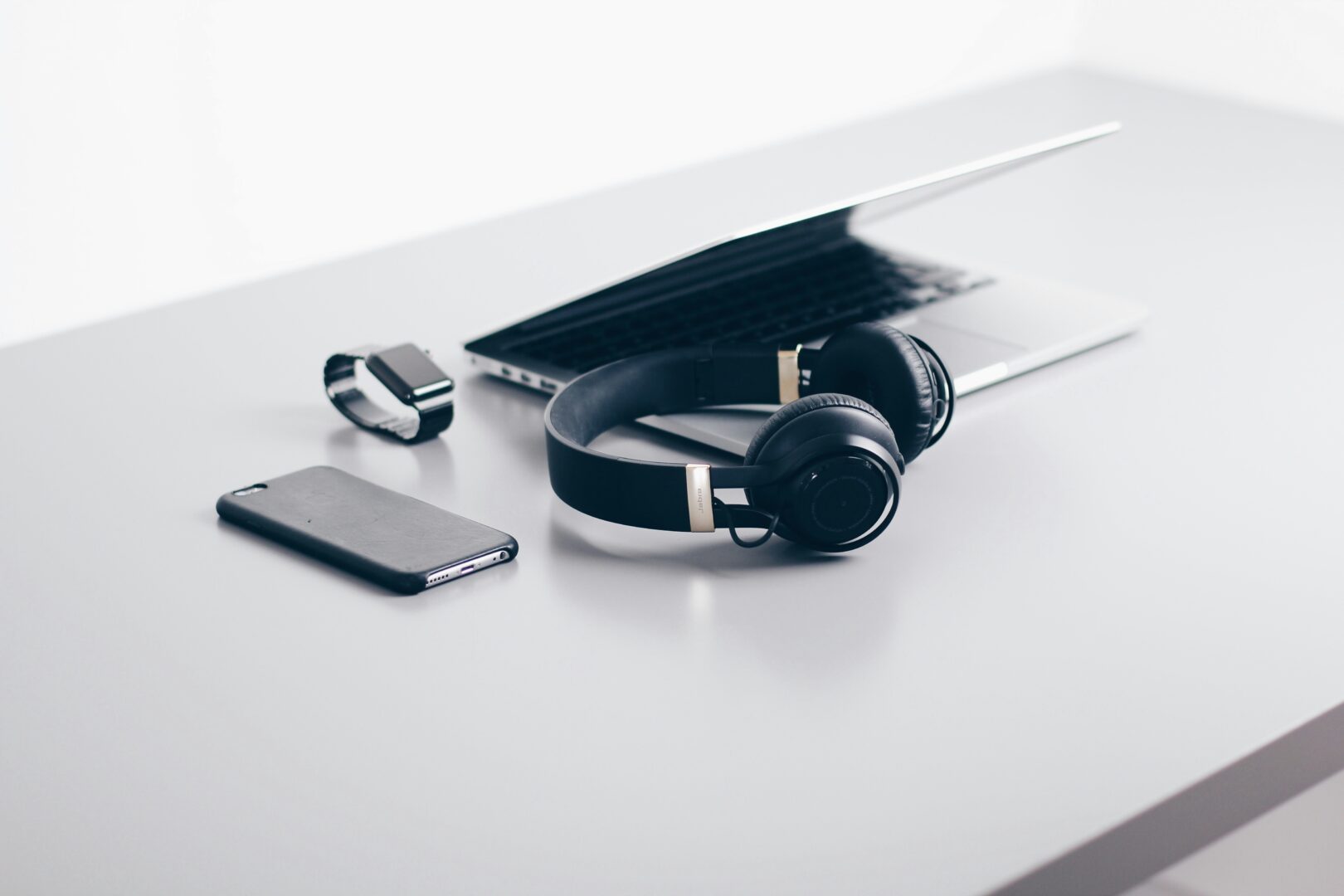Many people use wearables to log things like daily foot movements or heart rhythms. Smartwatches, fitness trackers, and related items gather these measurements and sync them to apps. Some models even link bank cards for quick, no-contact transactions.
These devices track motion patterns and rest quality, letting owners see personal health progress. Certain versions also watch real-time location or store special metrics about the body. This large stream of data moves between phones and online systems.
Though these functions sound helpful, they carry hazards linked to data safety. Without strong safeguards, personal details could leak to undesired parties.
Could Hackers Break In?
Cyber hacks have taken place, as attackers sometimes exploit password leaks from third-party sites. They then enter accounts linked to these gadgets to see logs or location routines.
Some researchers have even shown how a tiny infection can jump from the wearable to a computer once it connects. That scenario may allow malicious code to travel deeper into a network, all from an unassuming fitness band.
Location monitoring can be exposed if the device shares positions in real time. This knowledge could be used to track daily schedules or find private spots. If logs contain health markers, criminals might trade them for profit.
Basic encryption is often optional as certain products skip strong user verification. Others keep standard Bluetooth settings that let cybercriminals intercept transmissions with little effort.
More from News
- The Clash AI Startups: How Are Competitors Backed By The Same Companies?
- Is AI Influencing Gen Z Spending Habits?
- What Do Experts Have To Say About The Recent Interest Rate Cut?
- Report Reveals Tool Overload Driving Fatigue and Missed Threats in MSPs
- Cat Food Brand Fuzzball Celebrates Winning The Largest Prize In E-Commerce History
- What Is Truth Social, And Who Uses It?
- Google Cloud And Plexal Partner To Help Security Startups
- SpyCloud Enhances Investigations Solution With AI-Powered Insights
How Can We Protect Our Gear?
Users can disable Bluetooth unless they genuinely need it. That single action blocks lurking scanners. A secure passphrase on the wearable and phone can also ward off snoopers.
It helps to check agreements that spell out how data is stored. Switching off extra features, such as constant location tracking, shrinks the risk. Unique logins for each gadget or app also reduce major thefts based on reused passwords.
Reading reviews about safety measures before buying a new device is wise. A quick online search shows if a maker invests in safer design or if a product is known for problems. Such diligence prevents nasty surprises later.
What Should Makers Do?
Those who make these devices have a duty to limit vulnerabilities. Secure encryption, updated firmware, and well-tested hardware can slow unauthorised access.
Clear guidelines or alerts built into apps can help with user awareness. Notices might pop up if a suspicious login happens, prompting owners to check their account. That alone might catch criminals early.
Terms of use can be written in plain language, so typical buyers fully understand how personal data travels online. That path promotes clarity and helps owners make wiser choices about what they wish to share.
Public rules covering data safety already exist in some regions. Many individuals still do not know these rights fully apply to them. Asking questions, watching for anything unusual, and choosing devices from makers that show they care about safety can lead to fewer digital misfortunes.
Why Does This Matter Overall?
Wearable technology connects real-world habits to digital systems at all hours. Personal logs, finances, and even travel details can appear in these feeds. With rising interest in health devices, criminals may find easy targets among unsuspecting users.
Staying alert can reduce the likelihood of data loss. Gadgets that watch body signs do not have to lead to harm if practical steps are taken. Awareness and simple security actions often block crooks before they succeed.

